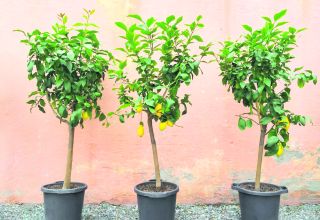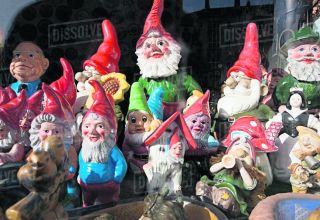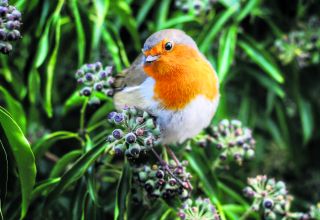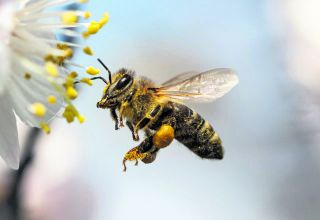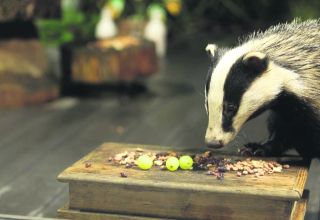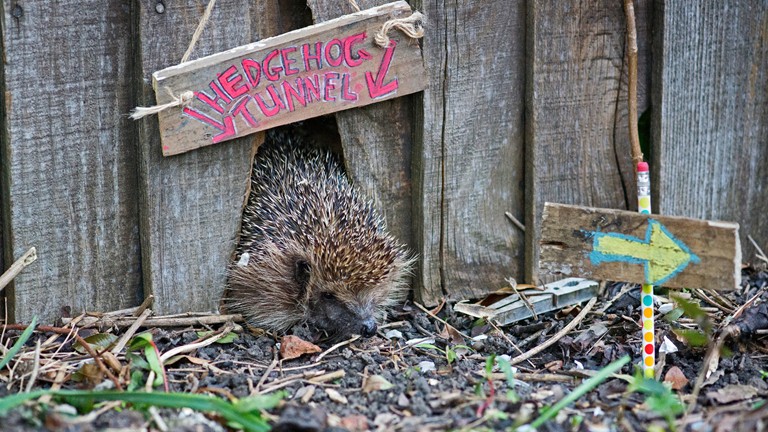
The desires of local wildlife are no different from many of us at this time of year-in other words there’s nothing better than being inside and away from the harsh cold weather.
December through to February can be difficult for wild animals to survive and thrive. Many need a safe place to rest, protect themselves from elements, or go into full hibernation. And our gardens can provide that safe haven.
So, to support the natural ecosystem near you over the winter, Country Gardener has some top tips on simple steps you can take…
Homes for hedgehogs
Hedgehogs are a gardener’s best friend; these often-overlooked creatures help keep garden pests in check without the need for harsh chemical pesticides.
To return the favour in the harsh weather, the best thing you can do for our spiky friends’ wellbeing is create your very own hedgehog B&B – a safe place for them to nest and hibernate.
During their winter-to-spring slumber, hedgehogs build most of their fat, so put down some food to attract them. Take note – they’re rather partial to tinned dog or cat food (not fish-based).
A hedgehog’s ideal mattress is a compost heap or a nest of leaves and logs. Make sure their home is in a quiet corner of the garden, so they’re disturbed as little as possible.
Bird feeders are a must
While there might be natural feeding sources birds can feast on in your garden, like berries or honeysuckle, these can be few and far between in the winter season, especially in urban areas.
Birds often rely on food put out during the winter, so if you haven’t before, consider installing a bird feeder. Fill once or twice a day when it’s particularly cold – they need to refuel to be able to keep moving and warm in the tougher months.
Sit back and watch birds large and small visit you. Hygiene is important for bird feeders, so ensure you are cleaning it out regularly while you fill them.
Amphibians hibernate too
Toads and newts like to spend winter nestled under piles of leaves and in greenhouses where they can hibernate safely. This means you don’t have to spend hours tidying up.
Try not to disturb them in their slumber, so if you do feel the need to clean, clean carefully.
Frogs, on the other hand, can often be found hibernating at the bottom of ponds. To help with their energy restoral, make sure the pond foliage is getting enough sunlight and exposure to photosynthesise and fuel the frogs. Frogs breathe through their skin when underwater, so this is a really important step to keeping the oxygen levels up for your pond residents.
If your frogs prefer to rest in the open air, make a hibernaculum! Create a small trench to start, cover with grass, then add a layer of natural garden scraps – a perfect wintery home.
Protecting beneficial bugs
Often overlooked in the winter months, creepy crawlies also need a place to rest and build up energy.
Helping them is easy enough, with their favoured sleeping spot being a simple pile of leaves! Much like amphibian resting places, this gives you a great excuse to let leaves fall naturally and avoid a regular raking schedule.
Some bugs hibernate or ‘overwinter’, so they look to your plants to find a place to go. Ladybirds congregate in the masses to slumber on dead plant stems (often in covered areas of your greenspaces), so don’t tidy up too much before spring.
You can also construct your own bee and bug pitstop. Patchwork leaf-cutter bees and many other bugs take to gaps in wood, like logs and sticks, to lock themselves away for the winter. To give them somewhere to sleep safely in your garden, you can drill holes in any spare wood.


